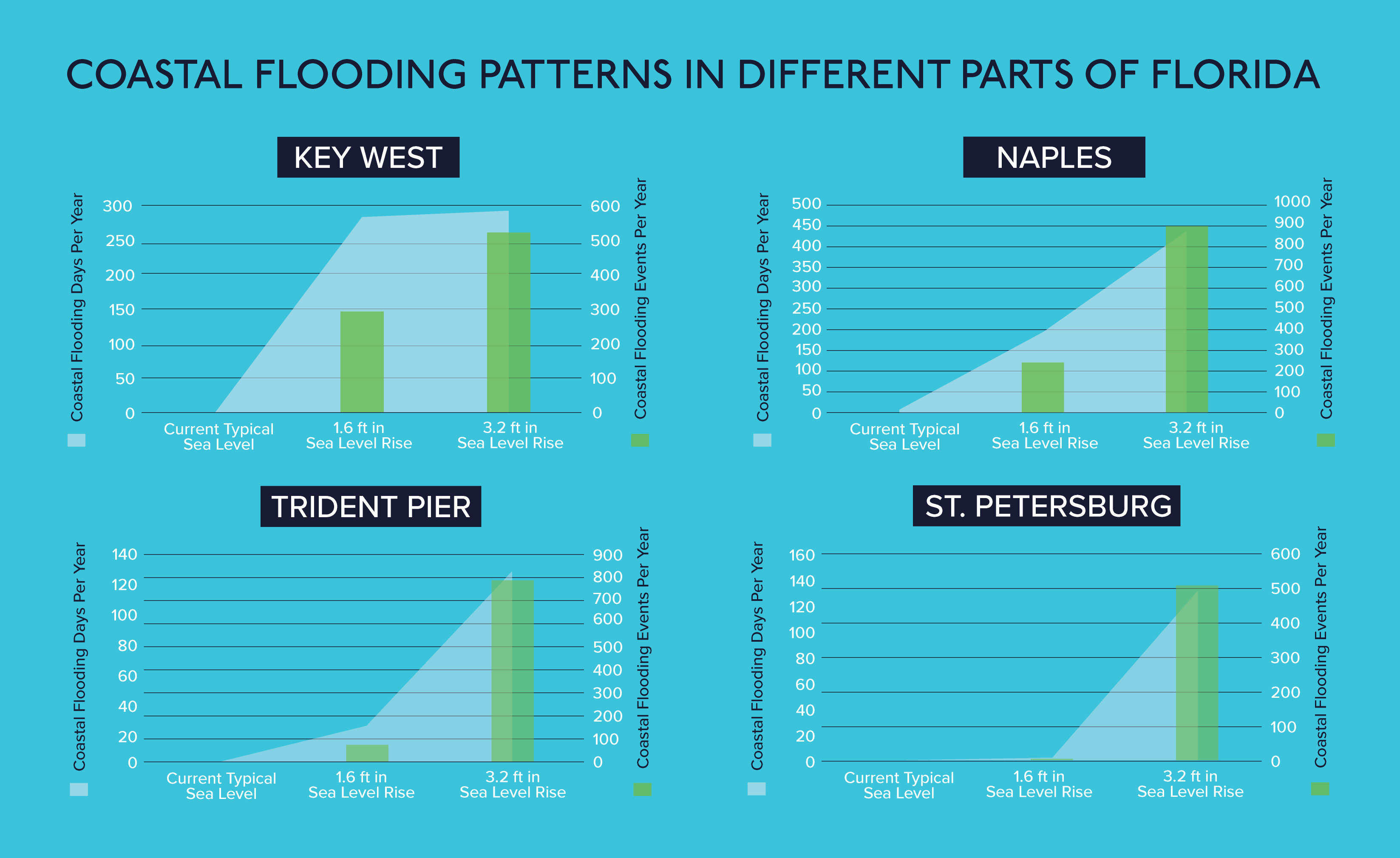
Overview
Whether naturally occurring or man-made, foreseeable and unforeseeable – disasters can have a significant impact on counties. Preparation for and recovery from such events requires both long-term planning and immediate action. It is important for county leaders to understand the host of strategies available to mitigate, prepare, respond and recover from disasters. The resiliency strategies below will focus primarily on flood mitigation. Preventing future emergencies and/or minimizing their effects is imperative to the success of communities. Counties must regularly analyze hazard-related data to determine areas for improvement with relation to the safety and resilience of county residents and properties.This analysis should include the identification of potential challenges (e.g. how to protect vital county records and floodplains), problem areas and solutions (e.g. buyout programs). It is good practice to involve residents in the identification of local problem areas that the county has not yet identified. It is also important to engage with local business and nonprofits as many key resources such as utilities and hospitals may not be county owned.
Floodplain Management
A county’s floodplain is not static. It changes as land is developed, weather patterns alter and technology and geospatial techniques improve. A county’s flood map, or Flood Insurance Rate Map (FIRM), depicts areas near major streams that have a specific risk of flooding. Counties must work closely with the Federal Emergency Management Agency (FEMA) to ensure FEMA’s maps on record match the county’s maps and risks as its floodplain shifts.There are several actions counties can take to help mitigate damage to homes and businesses in flood-prone areas, such as: acquiring damaged homes or businesses; relocating structures; returning property to open space, wetlands, or recreational use; and, if applicable, improving the county’s National Flood Insurance Program Community Rating System class. According to a report by the National Institute of Building Sciences, flood mitigation efforts like buyouts, elevations, flood-proofing and other measures have a 5:1 financial payback.

Buyout Programs
Flood buyout, or property acquisition, programs enable local governments to purchase eligible homes prone to frequent flooding from willing, voluntary owners and return the land to open space, wetlands, rain gardens or greenways. Charlotte-Mecklenburg Storm Water Services, a joint municipal/county stormwater utility established in 1992, has had a locally-funded flood buyout program since 1999. When the buyout program was initially established, a portion of the utility fees, which are based on water-resistant acreage per parcel, were leveraged against FEMA dollars through a variety of grant programs. This strategy allowed the utility to stretch its money significantly in early years as it prioritized the proactive purchase of high-risk eligible homes. Today, the county funds its buyout program almost entirely through local funding. Properties are prioritized for buyout based on their flood risk and the mitigation benefits to the community.The key to the program’s success is its ability to generate steady revenue through the county’s stormwater utility fee. In total, the county has purchased nearly 400 flood-prone buildings, leading to the relocation of nearly 700 families and businesses, the return of 185 acres to public open space and an estimated savings of $25 million in losses to date and $300 million in future losses.
Retrofit Programs
Structural retrofitting is another strategy that can lessen the personal and community impacts of flooding. Flood-related retrofitting measures include raising a house higher off the ground, putting in flood vents for crawl spaces and moving critical building infrastructure (furnaces, duct work, HVAC systems, etc.) from the ground into an attic space. Charlotte-Mecklenburg County created its retroFIT grant program in 2015 to fill the gap in its services to properties that were either ineligible or lower on the priority list of the buyout program. To encourage residents with property in the regulated floodplain to make their houses more resistant to flood damage, the utility set aside a small portion of funding to provide competitive mitigation grants and technical assistance to support owners’ flood-proofing measures. Through its marketing for the retroFIT program, the county has increased residents’ awareness of flood risk. Six projects have received funding so far, but over 100 applications have been submitted to the program. Once completed, these mitigation projects can lead to lower flood insurance rates and reduced flood damage to these retrofitted properties, leading in turn to lower overall post-disaster economic impacts for the county.Building Codes and Zoning
Changes to and enforcement of local building codes and zoning regulations are two additional ways that counties can lessen damages from disasters and lower insurance costs. Types of flood mitigation code changes include higher freeboards and buffer zones and requiring the use of green infrastructure to reduce runoff in new development and redevelopment projects. A freeboard is a construction standard that requires that the lowest level of a building (i.e. its basement or first floor) be at least 1 foot higher than the federal minimum standard, or base flood elevation. Floodplain zoning to reduce flood damage can include laws to limit or disallow people from building or development on the floodplain. In a perfect world, these changes would be incorporated into official long-range plans.Due to its higher standards such as a 2-foot elevated freeboard and other mitigation efforts, Thurston County, Washington obtained a CRS Class 2 in 2016. This not only helped lower insurance costs for residents by 40% but also meant after extensive flooding in 2015 when surrounding counties were declared disasters areas Thurston County was not.
By using these, and other, strategies and by collaborating with federal and state agencies, national relief organizations and local municipalities, businesses and residents, counties can increase their resiliency to disasters, saving lives and money.
